Larsa: The Ancient Sumerian City-State Larsa, known in Sumerian as UD.UNUGKI and often referred to as Larancha or Laranchon by ancient historians, was a significant city-state in ancient Sumer. Located 25 kilometers southeast of Uruk in modern-day Iraq, Larsa was a major center of worship for the sun god Utu, with his temple, E-babbar, standing…
The Sumerians
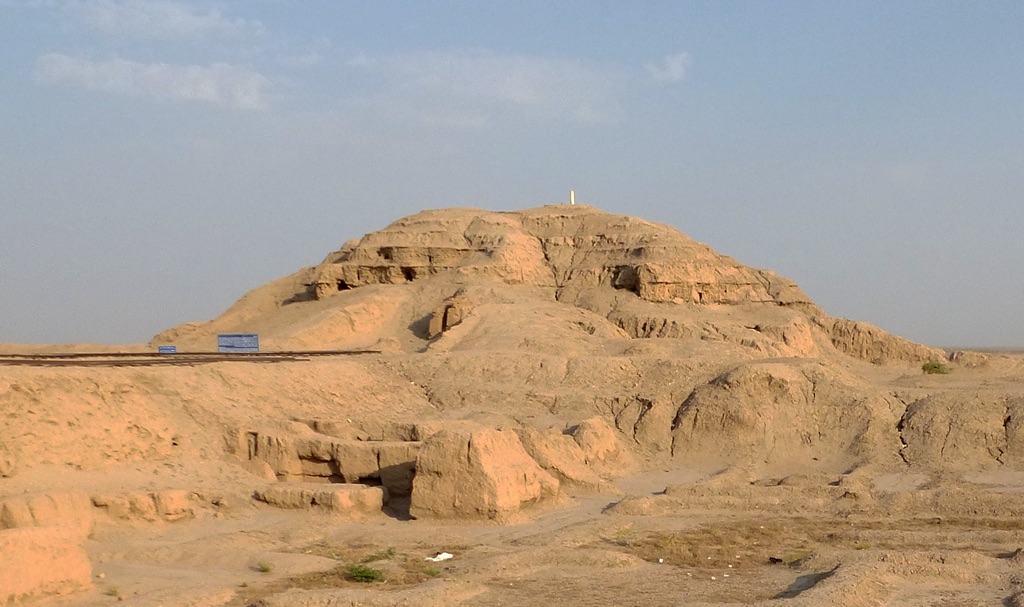
The Sumerians, emerging around 4500 BCE in what is now modern-day southern Iraq, are recognized as one of the earliest urban civilizations in human history. Settling in the fertile lands of Sumer, thanks to the enriching floods of the Tigris and Euphrates rivers, they were able to establish an agricultural society that would lay the groundwork for the development of some of the world’s first cities. These cities, including Uruk and Ur, became bustling centers of trade, religion, and governance. The Sumerians were not only pioneering farmers but also innovators, credited with the invention of the wheel, the sailboat, and the plow, which brought about revolutionary changes in transportation and agriculture. One of the Sumerians’ most significant contributions to civilization was the invention of cuneiform writing. Initially created for the purpose of record-keeping, this writing system expanded to include laws, literature, and personal correspondence, playing a pivotal role in the documentation and understanding of ancient Middle Eastern cultures. The Sumerians’ language and script, along with their religious practices centered around a pantheon of gods and goddesses, deeply influenced their daily lives and governance. They constructed monumental ziggurats as places of worship, with the Great Ziggurat of Ur standing as a testament to their architectural and religious fervor. Their advancements in fields such as mathematics, astronomy, and legal systems left a lasting impact on subsequent cultures, cementing the Sumerian civilization as a cornerstone in the annals of human history. The Sumerians were known for a multitude of achievements that have had a lasting impact on civilization. Beyond their architectural and agricultural innovations, their development of cuneiform writing marks one of humanity’s first steps towards complex communication and record-keeping systems. This invention not only facilitated the administration of their cities and the organization of their sophisticated legal systems but also allowed for the preservation of literary and scientific knowledge. The Sumerians’ contributions in mathematics, including the creation of a sexagesimal (base-60) number system, have influenced modern timekeeping and mathematics.
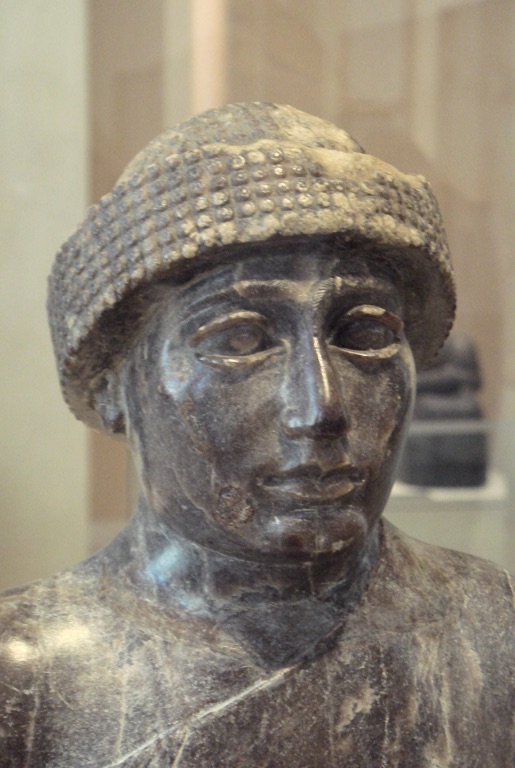
Regarding the origins of the Sumerians, their exact racial classification remains a subject of historical and anthropological debate. However, it is generally agreed that they were a unique people who emerged in the Mesopotamian region. Their distinct language, unrelated to the Semitic languages of their Akkadian successors or the Indo-European languages of later settlers, suggests a unique lineage. The Sumerians’ cultural and technological innovations set them apart as a significant group in ancient history, regardless of their precise racial origins. The Sumerian religion was polytheistic, with a pantheon of gods and goddesses who were believed to control all aspects of the natural and supernatural world. This belief system was deeply integrated into their daily lives, governance, and cosmology. The construction of ziggurats, massive terraced structures, served not only as temples for worship but also as physical representations of their religious beliefs, with the belief that these were the dwelling places of the gods on earth. Today, the Sumerians themselves have long since vanished as a distinct group, assimilated into the tapestry of civilizations that followed in the Mesopotamian region. However, their legacy endures through their contributions to human civilization. The innovations and advancements made by the Sumerians in writing, architecture, law, and mathematics have been inherited by successive cultures, influencing the development of the ancient world and beyond. The study of Sumer and its culture continues to provide valuable insights into the early stages of urban development, the evolution of writing, and the complexities of ancient religious practices, ensuring that the Sumerians hold an enduring place in the story of human progress.
Ancient Sumerian Archaeological and Historical Sites
FAQ: Deciphering the Enigma of the Ancient Sumerians
What race were the ancient Sumerians?
The ancient Sumerians are a topic of much fascination and debate among historians and archaeologists. They inhabited the southern part of Mesopotamia, in what is now modern-day Iraq. As for their racial origins, the Sumerians do not fit neatly into the categories used to classify races today. They were a unique group, distinct from the Semitic peoples (Akkadians, Assyrians, and Babylonians) who lived in the northern parts of Mesopotamia. The Sumerians spoke a language isolate, meaning it is not related to any other known language, which further mystifies their origins. Genetic studies and historical research continue to explore their roots, but as of now, the race of the ancient Sumerians remains a complex and unresolved question. 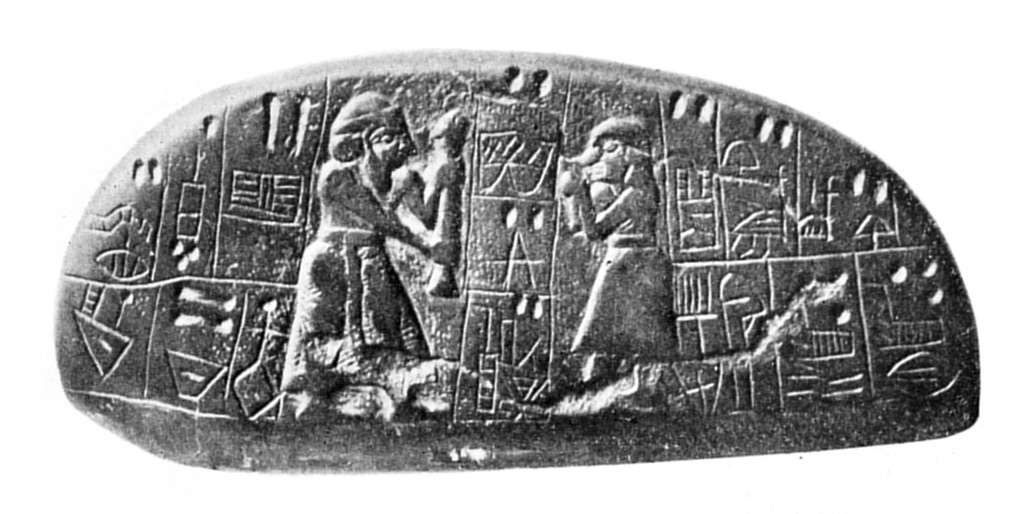
Who were the Sumerian Gods?
The Sumerians had a rich and complex pantheon of gods and goddesses, each overseeing different aspects of the world and human life. Some of the most prominent deities included: – Anu: The sky god, considered the father of the gods. – Enlil: God of air, wind, and storms, and a key figure in Sumerian mythology. – Enki (Ea): God of water, knowledge, mischief, crafts, and creation. – Inanna (Ishtar): Goddess of love, beauty, sex, desire, fertility, war, justice, and political power. – Utu (Shamash): Sun god and god of justice. – Ninhursag: Goddess of the earth, fertility, and birth. – Ereshkigal: Goddess of the underworld.
Where are the Sumerians now?
The Sumerians as a distinct people gradually blended with the Akkadians, a Semitic people who migrated into Mesopotamia. Over time, the Sumerian language was replaced by Akkadian as the lingua franca of the region, although it continued to be used as a sacred, ceremonial, and scientific language in Mesopotamia for centuries. The genetic and cultural legacy of the Sumerians likely persists in the populations of modern-day Iraq and surrounding regions, but the Sumerians as a distinct civilization ceased to exist by the end of the 3rd millennium BCE.
What was the timeline of the Ancient Sumerians?
The timeline of the ancient Sumerians is generally divided into several periods: – Ubaid Period (c. 6500–3800 BCE): Prehistoric period characterized by the establishment of the first villages. – Uruk Period (c. 4000–3100 BCE): The emergence of urban life and the development of writing. – Early Dynastic Period (c. 2900–2334 BCE): The formation of city-states and the flourishing of Sumerian culture. – Akkadian Period (c. 2334–2154 BCE): Sumerian city-states were conquered by Sargon of Akkad, leading to the Akkadian Empire. – Neo-Sumerian Period (c. 2112–2004 BCE): A Sumerian renaissance under the Third Dynasty of Ur, before the rise of the Amorites and the eventual decline of Sumerian civilization. 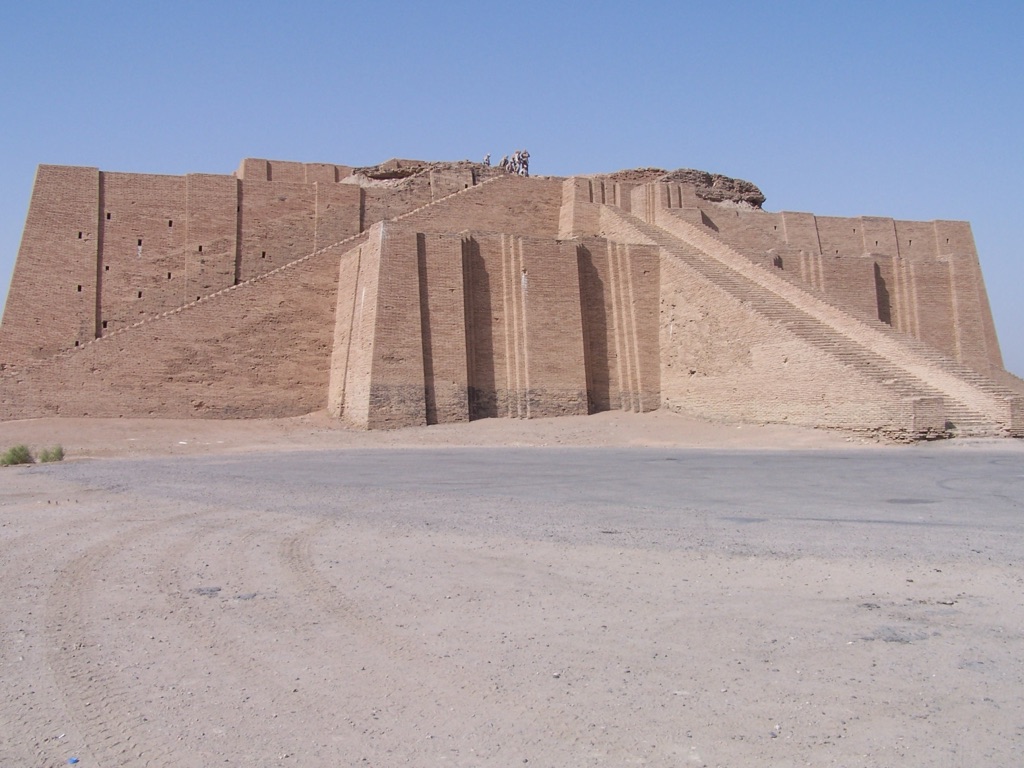
What did the Sumerians invent?
The Sumerians were remarkable innovators and are credited with numerous inventions, including: – The wheel: Revolutionizing transportation and pottery making. – Cuneiform writing: One of the world’s first writing systems, initially used for record-keeping. – The sailboat: Enhancing trade and travel. – The plow: Improving agricultural efficiency. – The first known mathematical system: Based on the number 60, it led to the creation of the 60-minute hour and the 360-degree circle. – The ziggurat: A massive terraced structure that served as a temple complex. 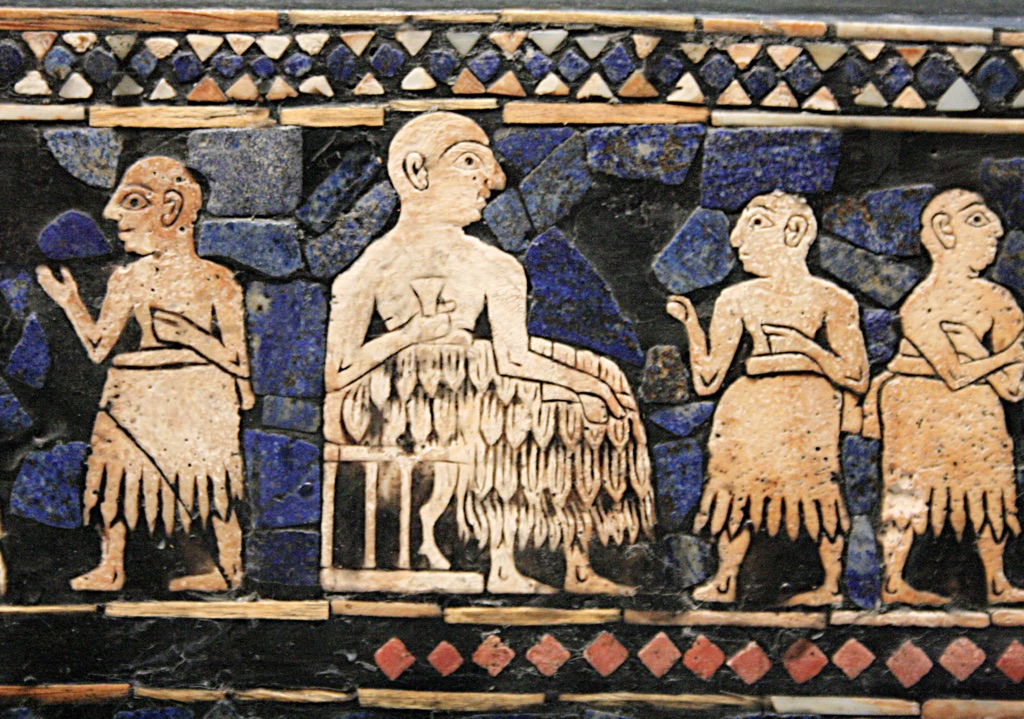
Were the Sumerians the first civilization?
While the Sumerians are often cited as one of the world’s first civilizations, defining what constitutes the “first” civilization can be complex. Civilizations in the Indus Valley and ancient Egypt developed around the same time as Sumer (circa 3000 BCE). However, the Sumerians are credited with many “firsts” in human history, including the creation of the first cities and the development of writing. These innovations mark them as one of the earliest and most influential civilizations in ancient history.
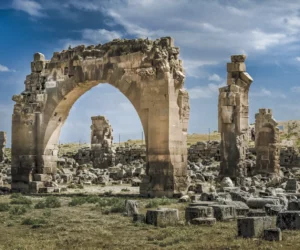
Harran Ancient City
Harran: An Overview Harran is a municipality and district in Şanlıurfa Province, Turkey. Its area is 904 km², and its population is 96,072 as of 2022. Harran is located 40 kilometers southeast of Urfa and 20 kilometers from the Syrian border crossing at Akçakale. Historical Significance Harran was founded between the 25th and 20th centuries…
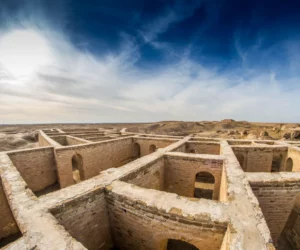
Ur of the Chaldees
Introduction to Ur Kasdim Ur Kasdim, often called “Ur of the Chaldeans,” is renowned as Abraham’s birthplace. This pivotal figure shapes Judaism, Christianity, and Islam. Cited often in the Hebrew Bible, Ur Kasdim has drawn significant scholarly and archaeological attention. In 1862, Henry Rawlinson associated it with Tell el-Muqayyar near Nasiriyah in Iraq. Leonard Woolley’s…
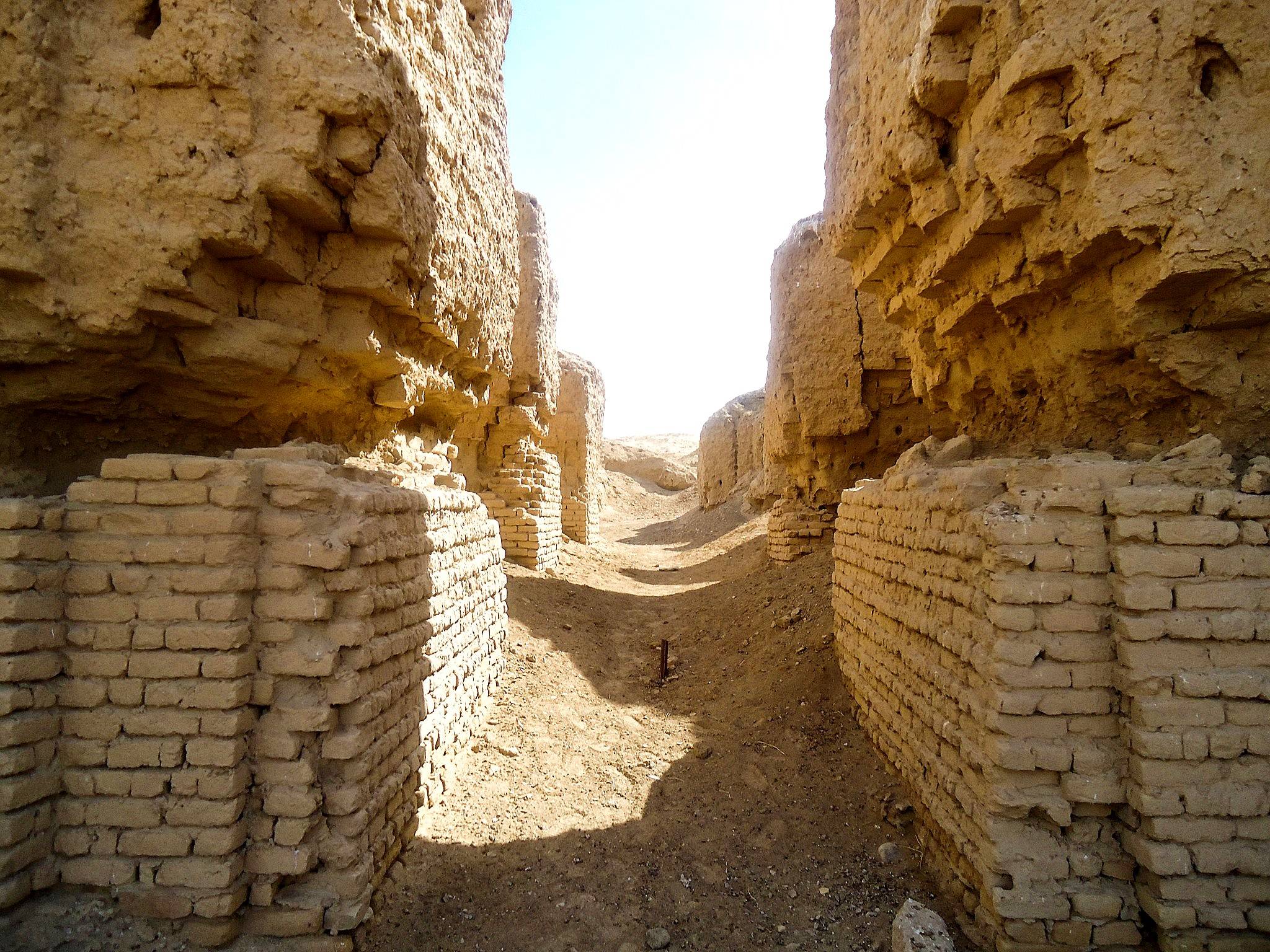
Ancient City of Kish (Sumer)
Kish, an ancient city located in the Babil Governorate of Iraq, stands as a testament to the rich history and cultural advancements of the Sumerian civilization. Situated 80 km south of Baghdad and 12 km east of Babylon, Kish’s strategic location contributed to its prominence throughout various periods, from the Ubaid period (c.5300–4300 BC) to the Hellenistic period. This blog post delves into the historical and archaeological significance of Kish, shedding light on its role in the early development of urban civilization in Mesopotamia.
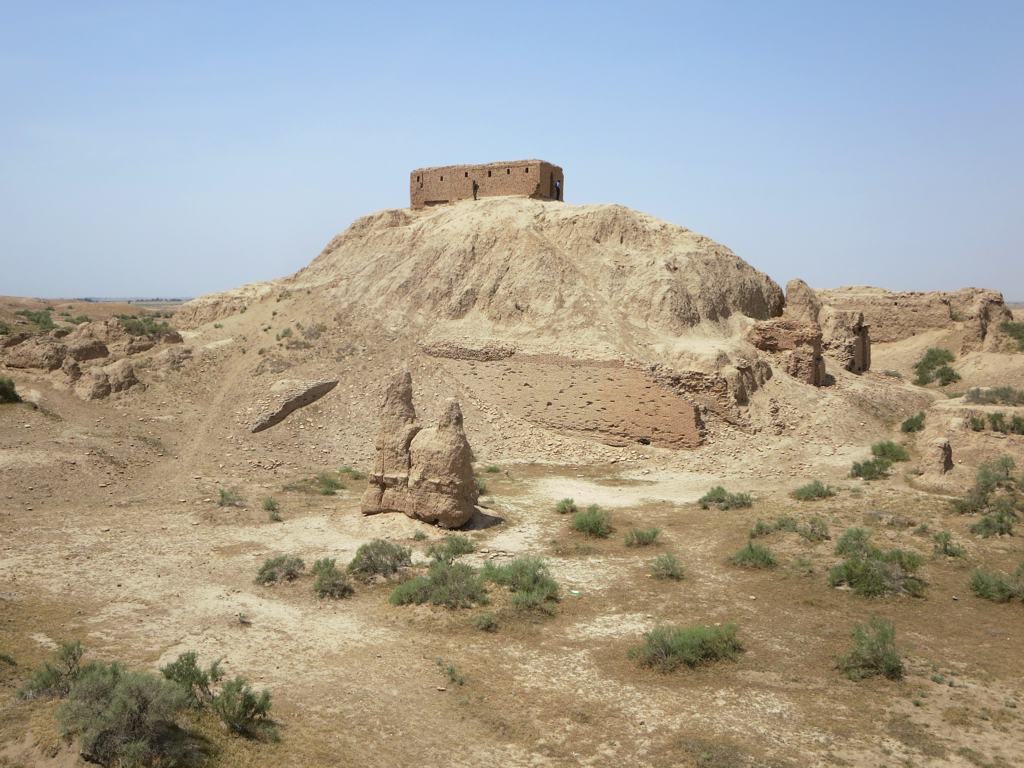
Nippur
Nippur, an ancient Sumerian city, holds a unique position in the history of the ancient Near East. Known in Sumerian as Nibru and in Akkadian as Nibbur, it was often referred to logographically as EN.LÍLKI, translating to “Enlil City.” This designation underscores its significance as the special seat of worship for Enlil, the Sumerian god of wind and the cosmos. Located in what is now modern Nuffar, Iraq, Nippur was strategically positioned approximately 200 kilometers south of Baghdad and about 96.56 km southeast of Babylon. Its historical occupation traces back to periods as early as the Ubaid and extends through the Uruk and Jemdet Nasr periods, indicating a long and continuous significance in Mesopotamian history.
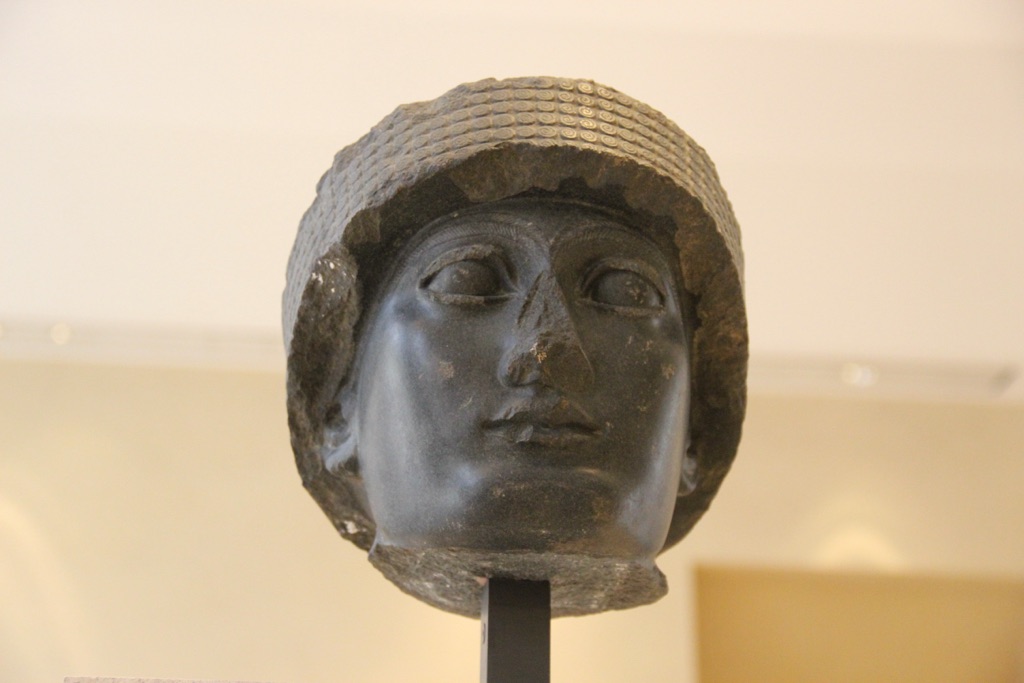
Lagash
Lagash was one of the oldest cities in ancient Mesopotamia, located in what is now Iraq. It thrived as a major center during the Early Dynastic Period, with its history stretching back to around 2500 BC. Lagash is renowned for its contributions to the development of Sumerian culture, including art, literature, and governance. The city’s ruins, including temples, palaces, and various artifacts, offer a window into the life and times of early urban civilizations.

